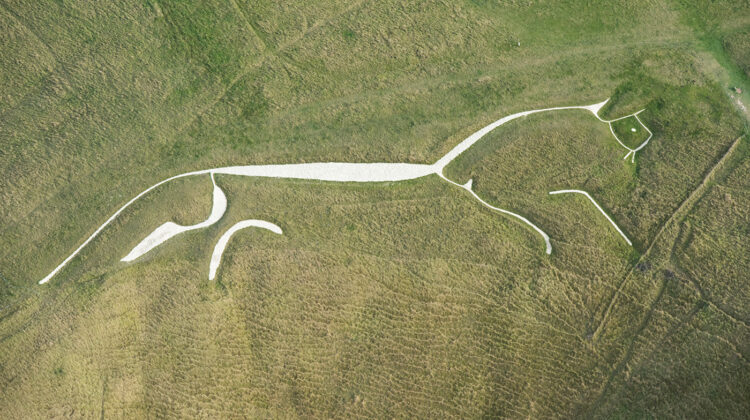
Carved upon the verdant canvas of Oxfordshire lies the internationally renowned Uffington White Horse, a majestic figure etched into the hillside for over 3,000 years. This prehistoric masterpiece, dating back to the late Bronze Age, stands as a testament to the artistic prowess and cultural significance of its creators.
The horse itself is a spectacle to behold, its 110-meter form rendered in a stylized representation with a turned head and outstretched legs. Crafted by cutting trenches into the hillside and filling them with crushed white chalk, the figure stands out boldly against the backdrop of the green landscape.
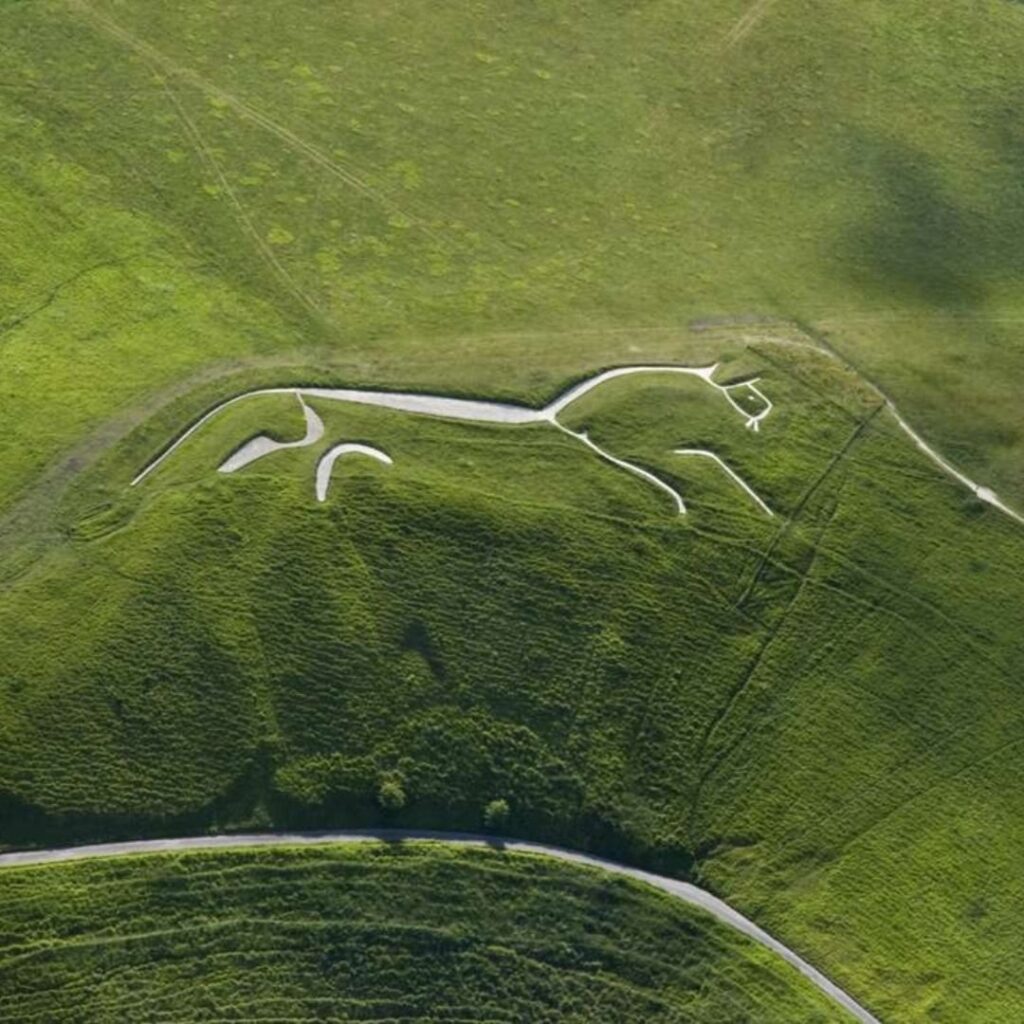
While the origin and purpose of the Uffington White Horse remain shrouded in mystery, it has become an integral part of local legends and folklore. Some believe it served as a tribal symbol or a representation of a Celtic deity, while others theorize it might have been a boundary marker or a landmark for travelers.
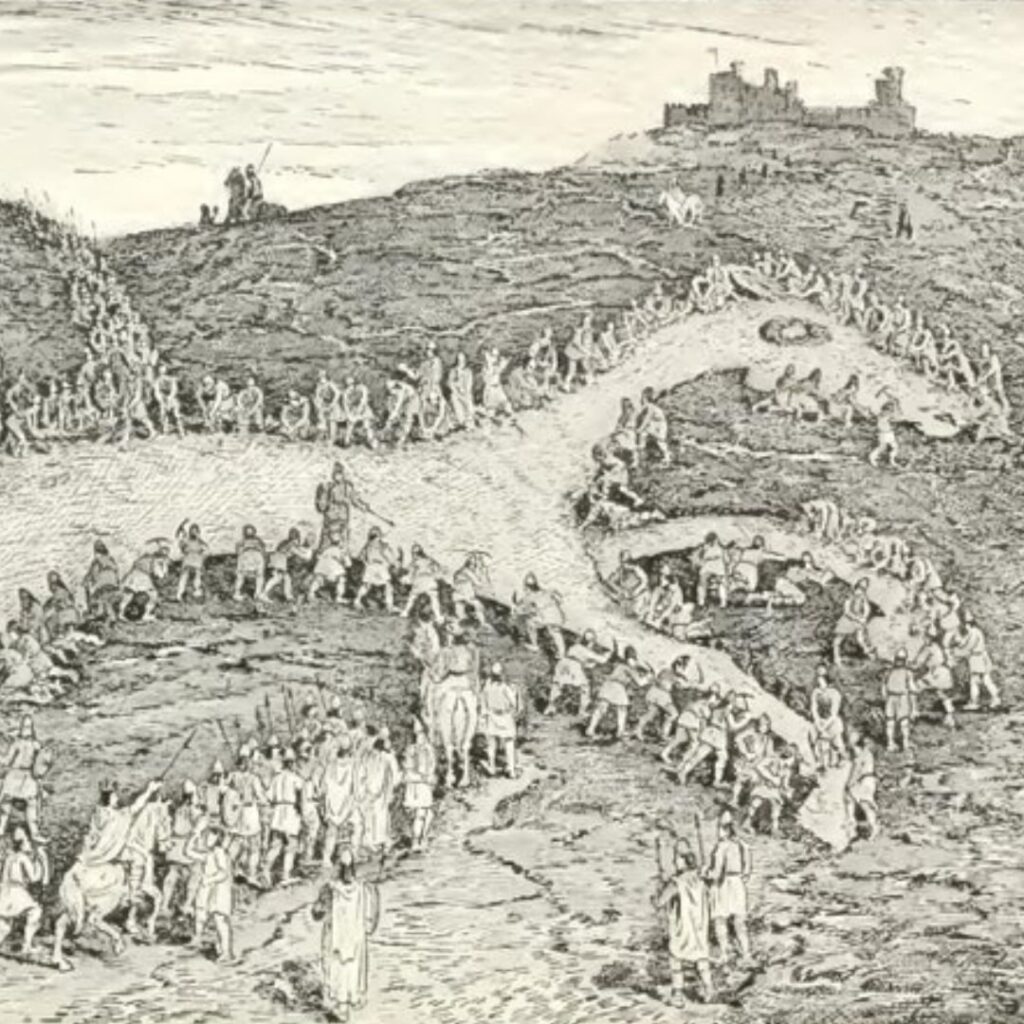
Over the millennia, the horse’s form has undergone subtle transformations. Aerial photography reveals traces of a larger, more conventional figure beneath the present outline, suggesting the horse may have been modified over time. Erosion and repeated recutting have also contributed to the gradual changes in its appearance.
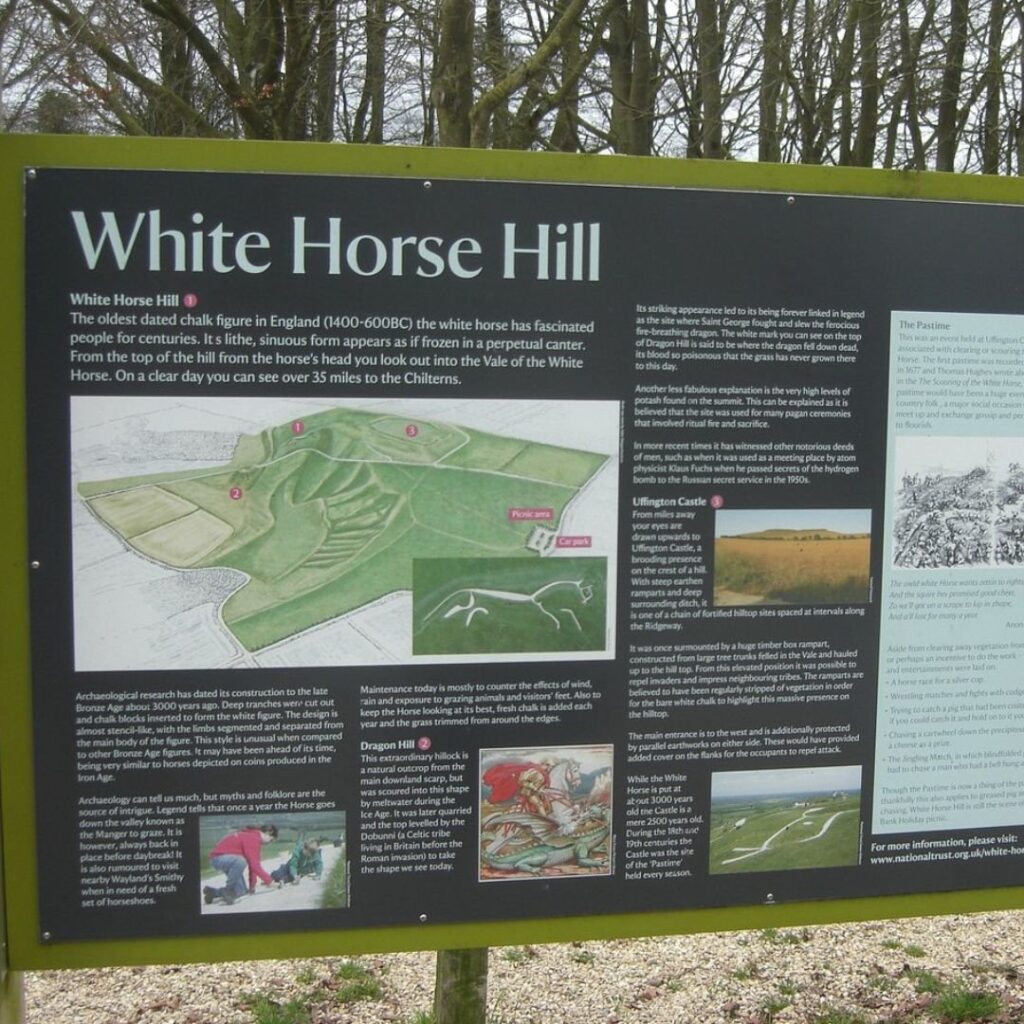
Today, the Uffington White Horse is managed by the National Trust and attracts visitors from all corners of the globe. Its enduring presence and enigmatic origins continue to captivate hearts and inspire curiosity.
A Story of Resilience and Secrecy:
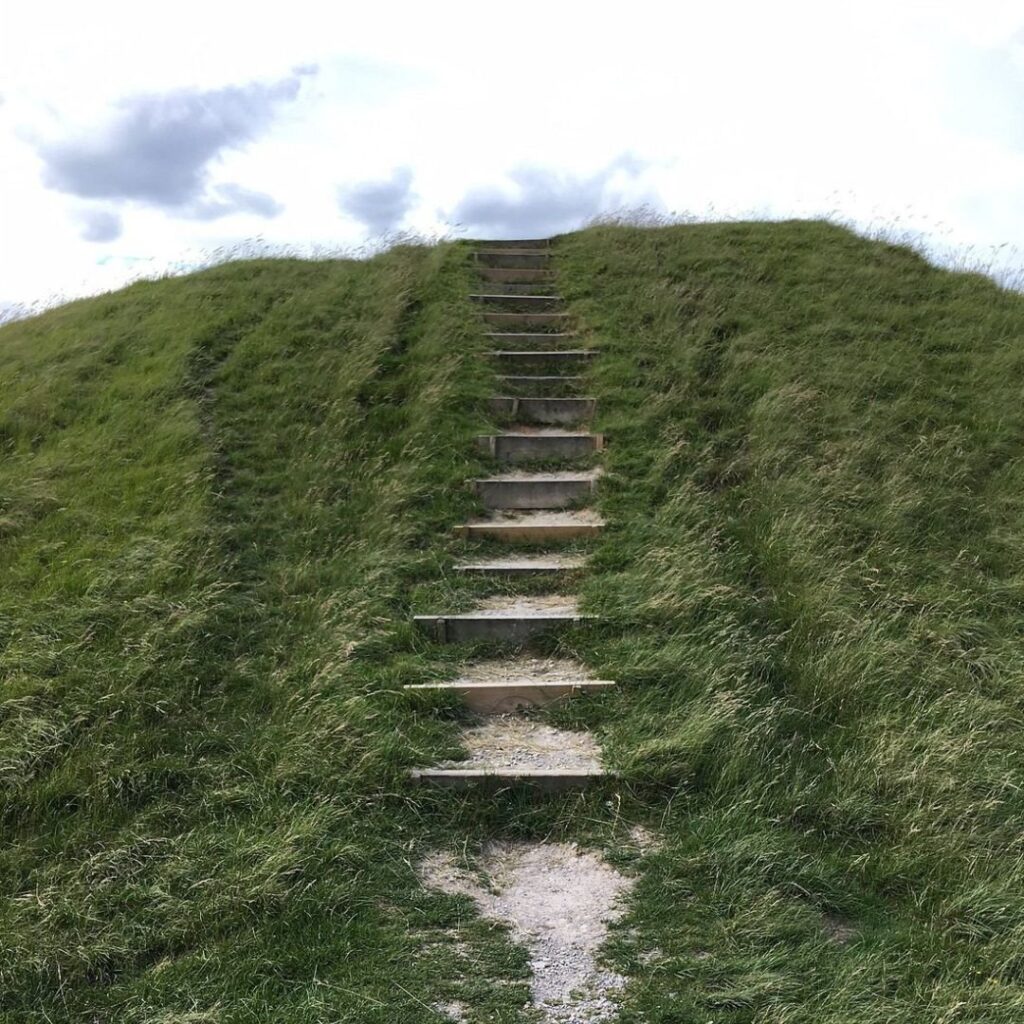
During the tumultuous period of World War II, the easily identifiable horse became a potential target. To safeguard it from aerial navigation by enemy forces, it was cleverly concealed under a layer of turf and hedge trimmings. This act of wartime ingenuity ensured the survival of this ancient symbol.
Beyond the Horse: A Landscape Steeped in History:
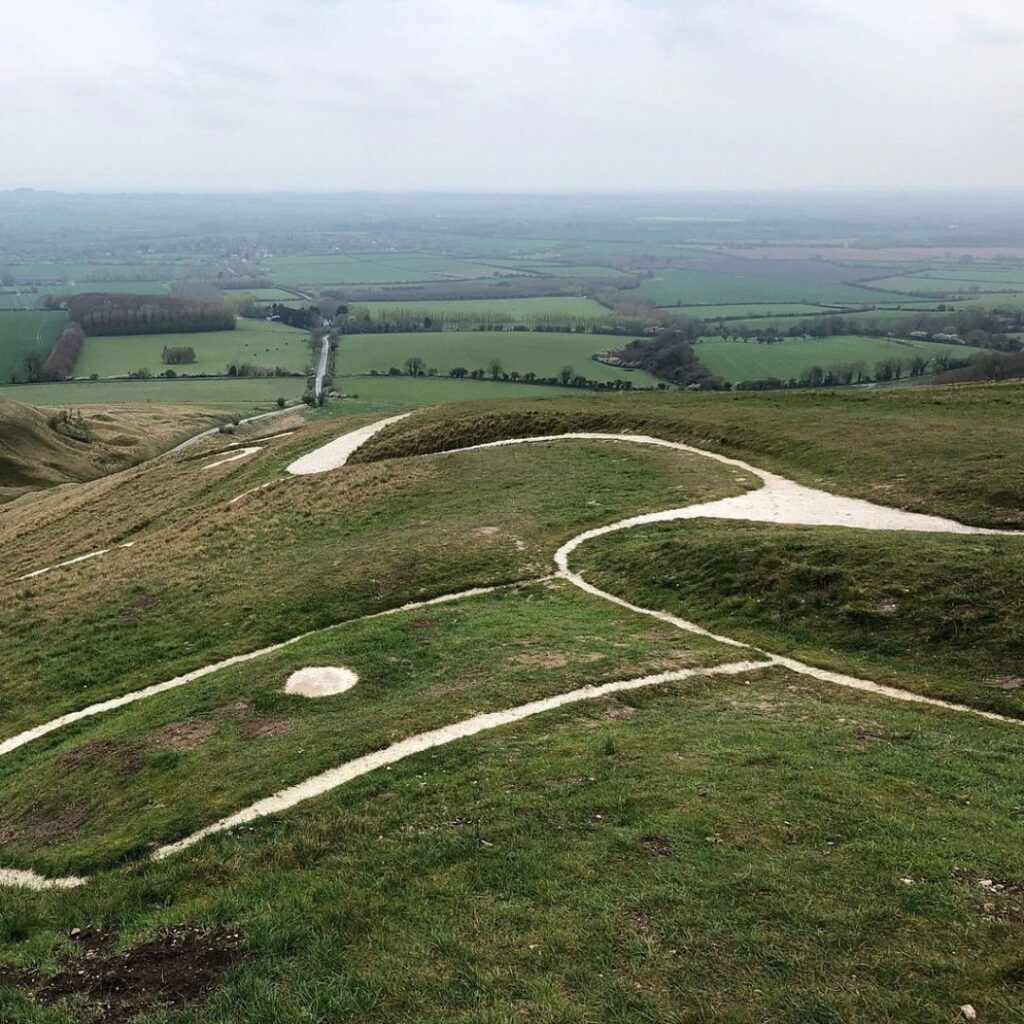
The White Horse is just one facet of the rich tapestry woven across White Horse Hill. The nearby Manger, a dramatic dry valley, boasts steep, rippled sides formed during the retreat of the permafrost in the last Ice Age. These ripples, aptly named Giant’s Steps, stand as silent witnesses to the passage of time.

To the east lies Dragon Hill, a small, rounded summit with a flattened top. Legend associates this site with the epic tale of St. George, England’s patron saint, who is said to have vanquished a dragon here. The dragon’s blood, according to the legend, stained the ground white, leaving the characteristic chalk scar visible today.
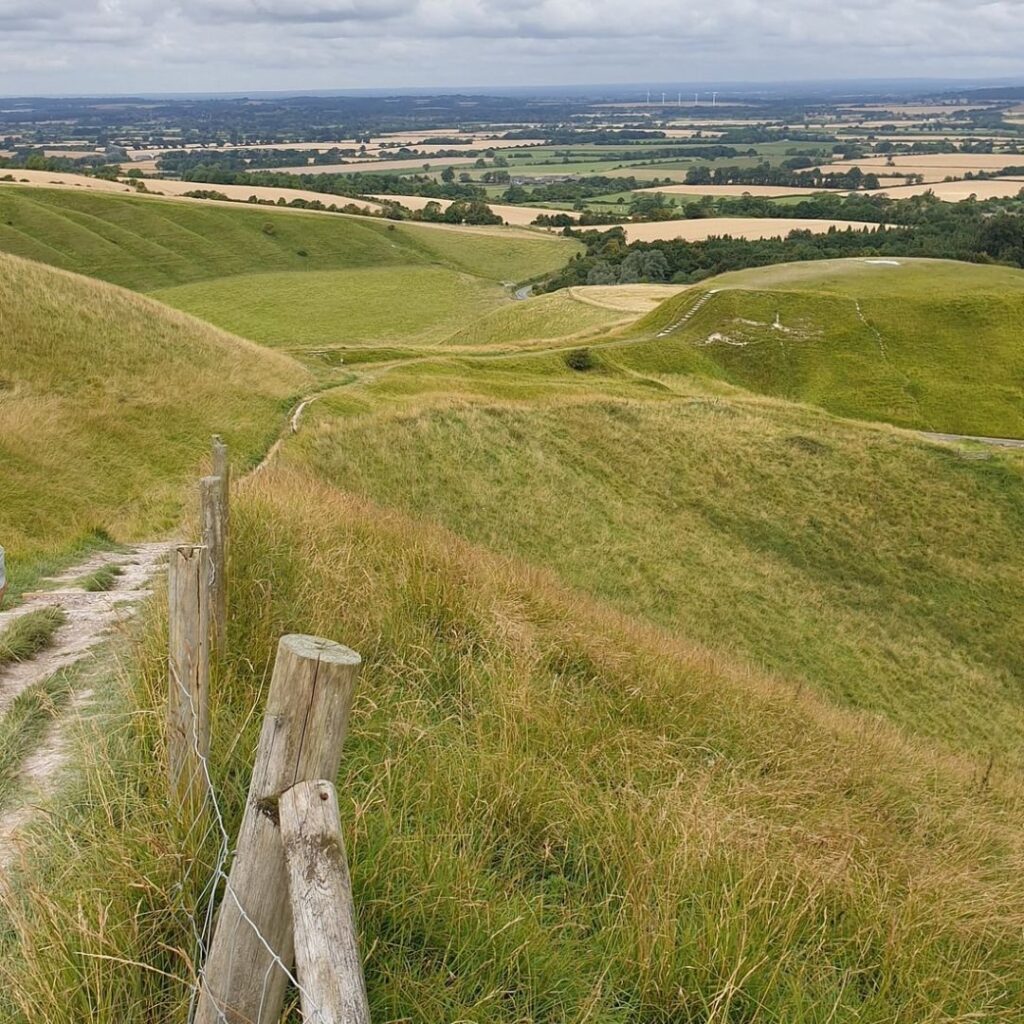
Crowning this historical landscape is the Uffington Castle, an imposing Iron Age hillfort. This well-preserved structure comprises a large enclosure surrounded by earthen ramparts and ditches. Archaeological excavations have unearthed evidence of dwellings, pottery, and coins, offering glimpses into the lives of its past inhabitants.
Preserving the Legacy:
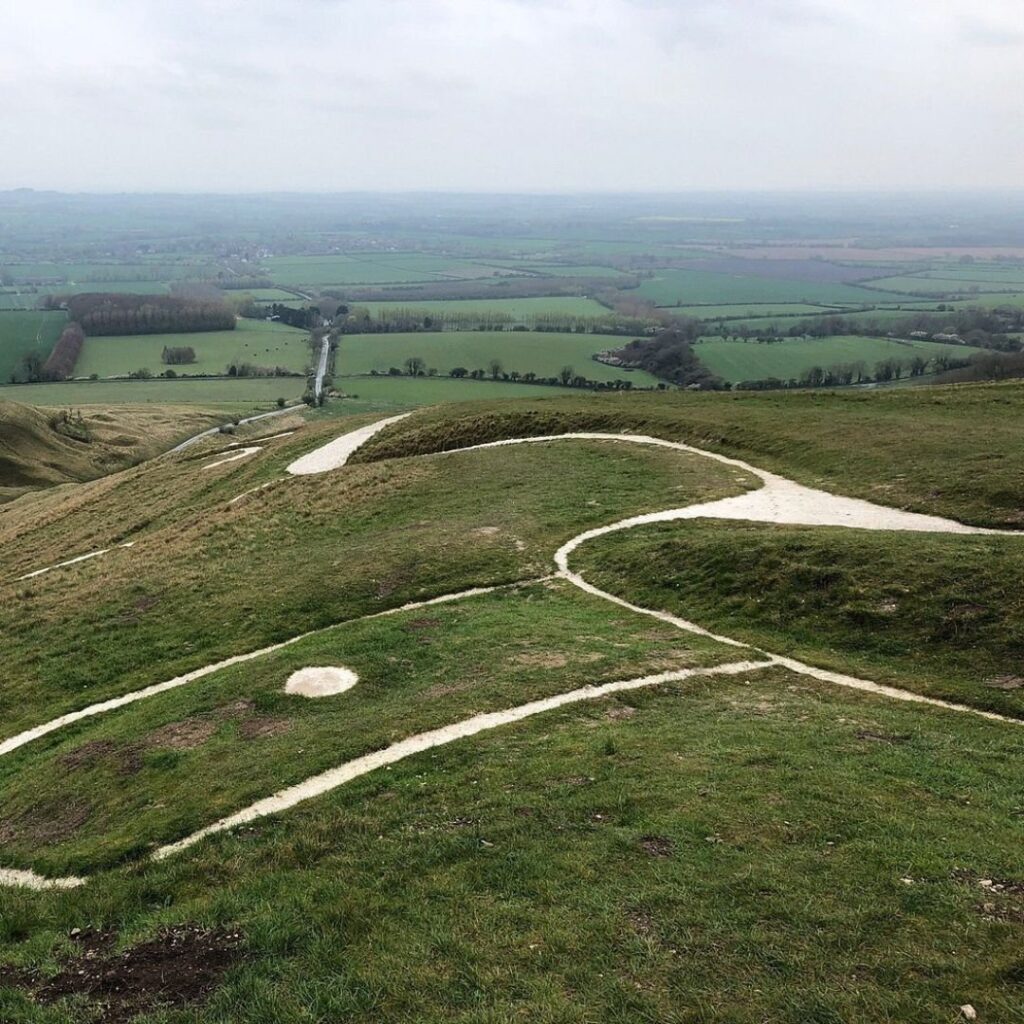
Maintaining the visibility of the Uffington White Horse requires constant care and vigilance. Throughout its long history, the Scouring of the White Horse has been a crucial tradition, involving the removal of vegetation and the renewal of the chalk lines.

Historically, this process was accompanied by a vibrant festival that included sporting competitions and celebrations. The tradition, once dormant, was revived by the National Trust in 2009, with volunteers taking up the mantle of maintenance.
A Legacy of Persistence:
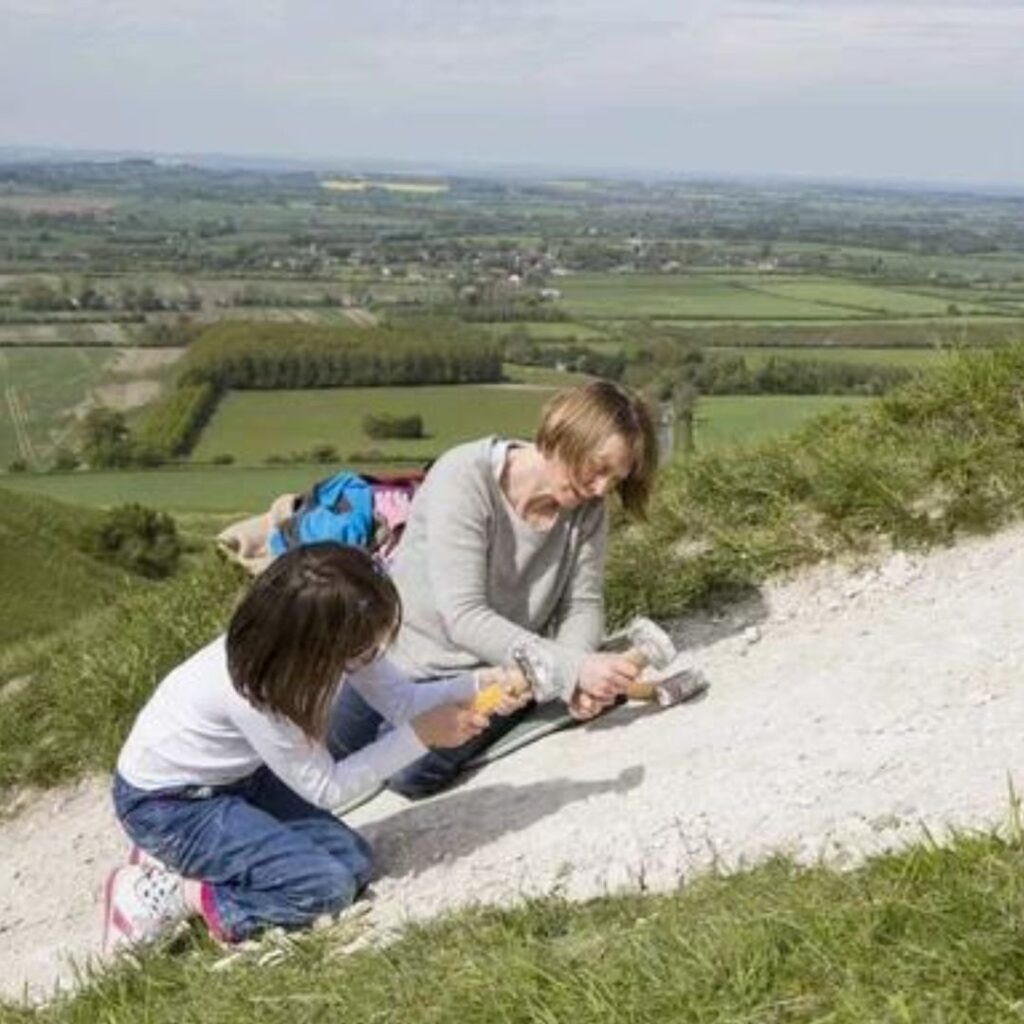
The continued existence of the Uffington White Horse speaks volumes about the enduring power of human creativity and tradition. This ancient symbol, meticulously maintained throughout centuries, serves as a reminder of the past while continuing to captivate and inspire generations to come.
Don’t forget to check out our latest posts below!

Leave a Reply